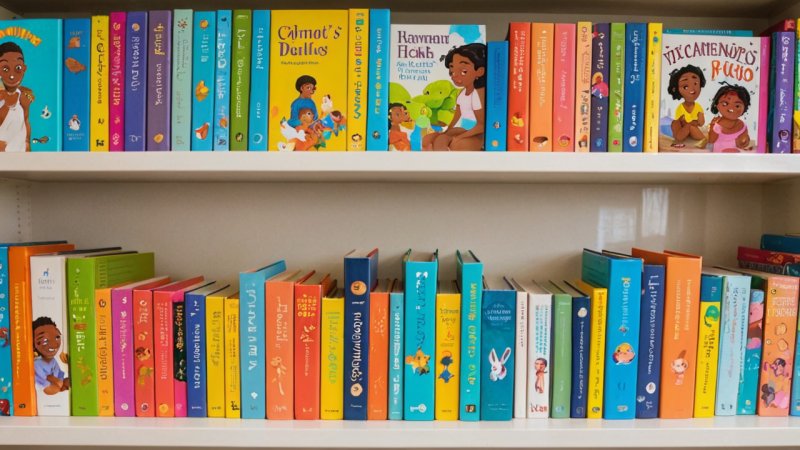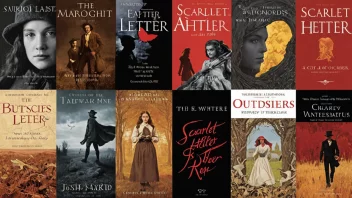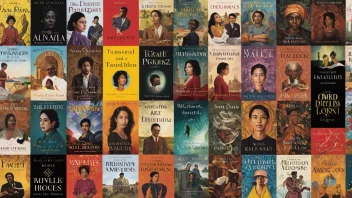In today’s multicultural world, fostering an appreciation for diversity in literature is more important than ever, especially for children. A diverse reading list not only reflects the variety of backgrounds and experiences that make up our society but also encourages empathy, understanding, and acceptance from an early age. In this article, we will explore how to create an enriching and diverse reading list for children.
Start by considering the different aspects of diversity that you want to include in your reading list. This can encompass a variety of themes such as race, ethnicity, gender, sexual orientation, abilities, and socio-economic status. Introducing children to characters and authors from diverse backgrounds helps them understand and appreciate different perspectives.
One effective way to curate a diverse reading list is by incorporating books that feature protagonists from various cultural backgrounds. Look for stories that authentically represent different communities and cultures. For instance, books like Last Stop on Market Street by Matt de la Peña showcase the beauty of urban life through the eyes of a young boy and his grandmother, highlighting themes of community and gratitude.
In addition to stories that celebrate diversity, it’s also essential to include books that deal with issues of social justice, equality, and inclusion. Titles such as Ghost Boys by Jewell Parker Rhodes tackle difficult subjects like racism and violence, prompting important conversations between children and adults about these critical issues.
Don’t forget to include books that break gender stereotypes. Consider adding stories where young girls are portrayed as strong, independent characters, like in The Paperbag Princess by Robert Munsch, or stories that show boys nurturing relationships and emotions, such as My Shadow is Purple by Scott Stuart. These narratives help children to see beyond traditional gender roles and embrace a broader understanding of identity.
Another way to enhance your reading list is by exploring non-fiction works that introduce children to diverse cultures, histories, and experiences. Biographies of influential figures from various backgrounds can be particularly inspiring. For example, Who Was Rosa Parks? by Yona Zeldis McDonough not only highlights the life of a civil rights icon but also educates young readers on the importance of standing up for what is right.
Engaging children in discussions about the books they read is crucial for deepening their understanding. Ask them thought-provoking questions about the characters' experiences and how they relate to their own lives. Incorporating activities such as drawing, role-playing, or writing their own stories can further enrich their engagement with diverse literature.
Finally, be open to recommendations and reviews from other parents, educators, and librarians. Online book communities and social media platforms can also provide valuable suggestions for diverse books that you may not have come across.
In conclusion, creating a diverse reading list for children is a rewarding endeavor that can profoundly impact their worldview. By selecting books that represent a variety of cultures, experiences, and identities, we equip children with the tools they need to navigate and appreciate the complexities of our world. Encourage them to explore these stories with curiosity and empathy, and watch as they grow into compassionate and understanding individuals.






